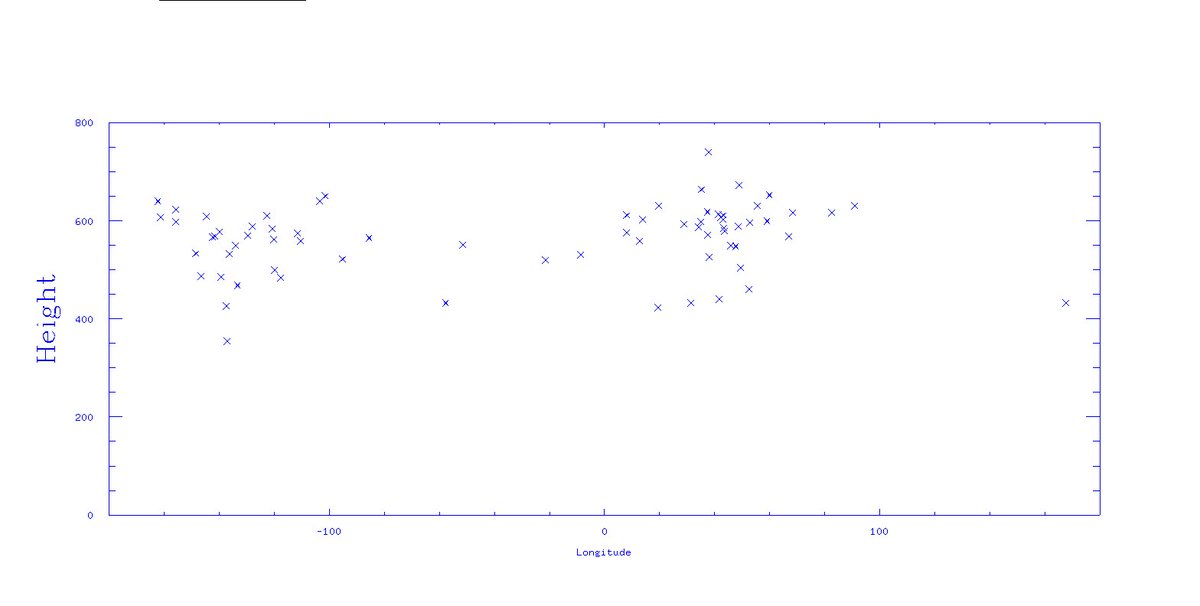The debris object that ISS avoided is now available on SpaceTrack as 2018-084CQ, 46477, from the breakup of Japan's H-2A F40 rocket stage. At 2221:07 UTC it passed within a few km of ISS at a relative velocity of 14 6 km/s, 422 km over the Pitcairn Is in the S Pacific 

Correction: it passed within a few km of the position ISS would have been at if it hadn't manuevered
H2A F40 launched GOSAT-2 in Oct 2018. The stage appears to have made a depletion burn to lower orbit from 597 x 618 km to 598 x 520 km. Nevertheless it underwent a major breakup on 2019 Feb 6.
77 debris objects have been cataloged from the breakup; 5 have reentered so far. This plot shows the locations at conjunction time of the remaining 72 (almost all in one plane) and the pre-maneuver track of ISS for +/- 10 min 

Most of the debris objects are still at somewhat higher altitudes, but they will eventually decay through the ISS height range 

• • •
Missing some Tweet in this thread? You can try to
force a refresh






